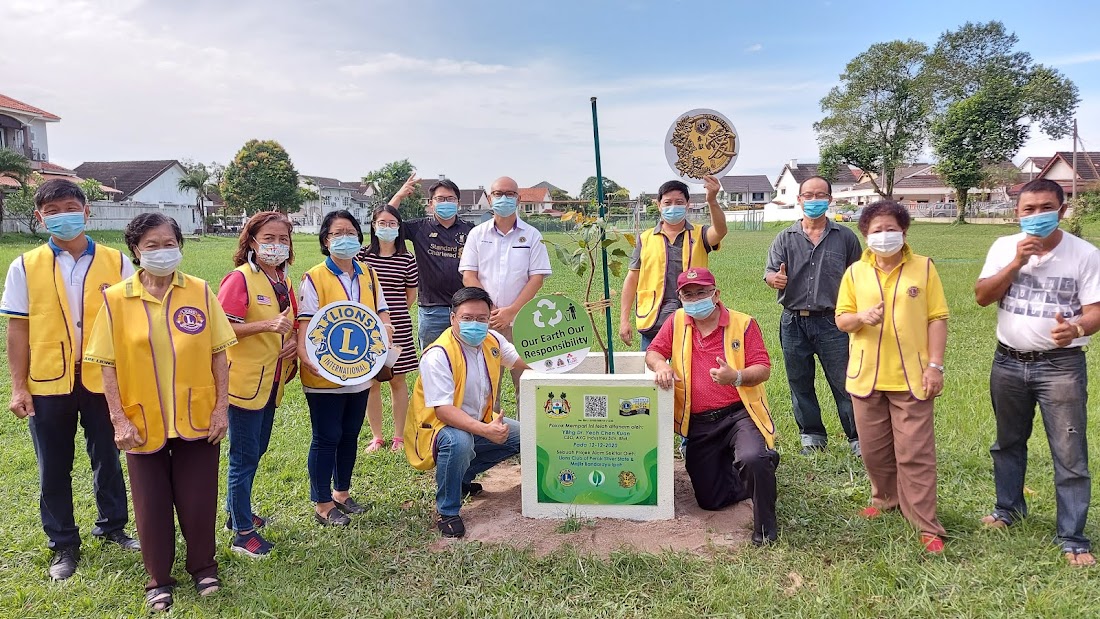23 November 2020 (The Star)
SEOUL, South Korea, has recently launched an urban forest project, hoping to lower city temperatures by up to 7°C. From Phoenix in the United States to Mumbai, India, and Paris, France, as cities try to combat pollution and improve air quality, urban forests are mushrooming.
In South Korea, Seoul residents are increasingly faced with intense summer heat. In the summer of 2018, temperatures went up to 39.6°C during the hottest part of the day.
However, the capital’s geographical location has two things going for it – it’s overlooked by two mountainous massifs, Bukhansan to the north and Gwanaksan to the south.
Now, Korean authorities have decided to take advantage of the cooling However, the capital’s geographical location has twothings going for it – it’s overlooked by twomountainous massifs, Bukhansan to the north andGwanaksan to the south.
Now, Korean authorities have decided to takeadvantage of the cooling properties of these relieffeatures to try to ameliorate future heat waves.
The Seoul Metropolitan Government plans to install “wind path forests” along the rivers and roads, tocreate cooling air corridors that will flow into the citycentre. The project will commence as soon as asNovember, and work will continue until the end of2021. The total cost? US$15mil (RM62mil).Wind-generating species such as pine and maple trees will beplanted along the water. Wild cherry and oak, knownfor their ability to purify the air and absorb and blockparticulate matter, will also be planted on paths linkingthe forested areas to the city centre.
Action plans in cities worldwide
The Seoul project is far from unique. In the UnitedStates, urban forests are being employed to helpcongested cities breathe. Boston has just closed arequest for proposals to design its urban forest plan,while on the West Coast, Los Angeles has plans toplant 90,000 trees by 2021.
In Phoenix, Arizona, the Tree and Shade Master Planwas passed in 2010 to transform the city and providemore shade and cleaner air. Phoenix has since speededup its efforts, planting over 4,500 trees per year tocreate more shade.
In Mumbai, India, authorities are trying to increaseurban forest cover as fast as possible. An initiative toplant 10,000 local species of trees, with the support ofDCB Bank, will use the Japanese Miyawaki technique– named for its inventor – of planting dense forests ofnative species, which allows the trees to grow up to ahundred times faster than usual.
Meanwhile in Paris, mayor Anne Hidalgo hasannounced plans for urban forests next to multiple citylandmarks including the Hotel de Ville, Paris’ city hall,the Opera Garnier and the Gare de Lyon. — AFP Relax news







